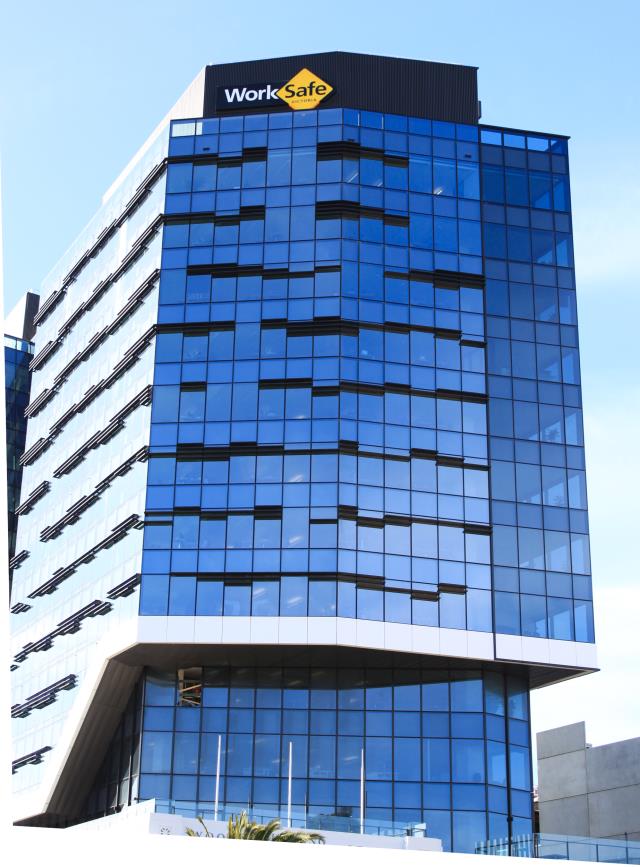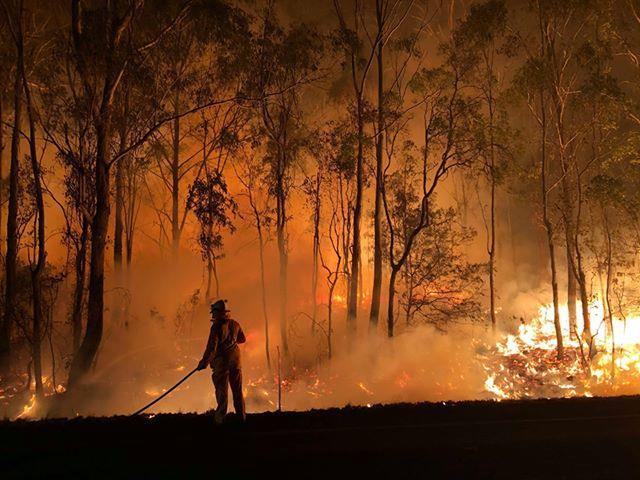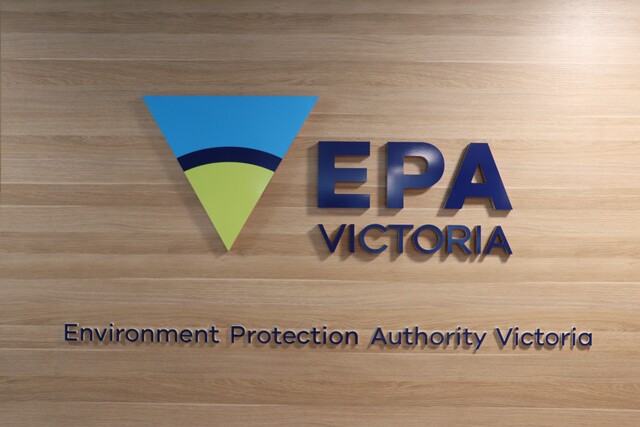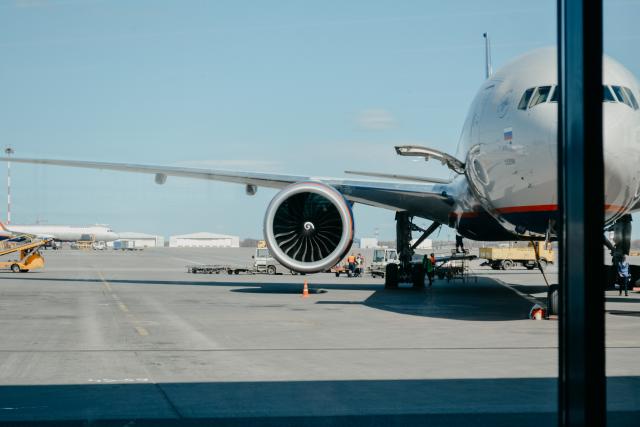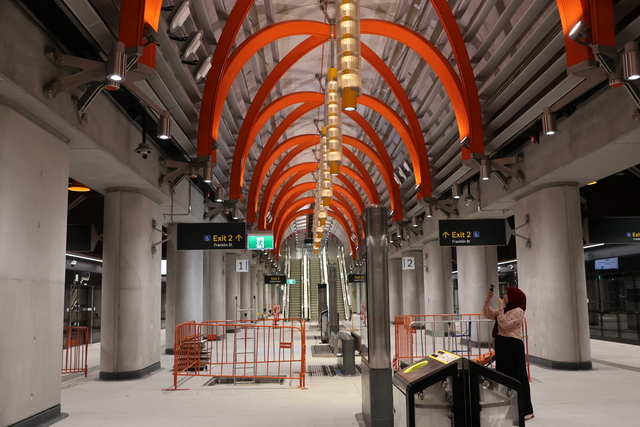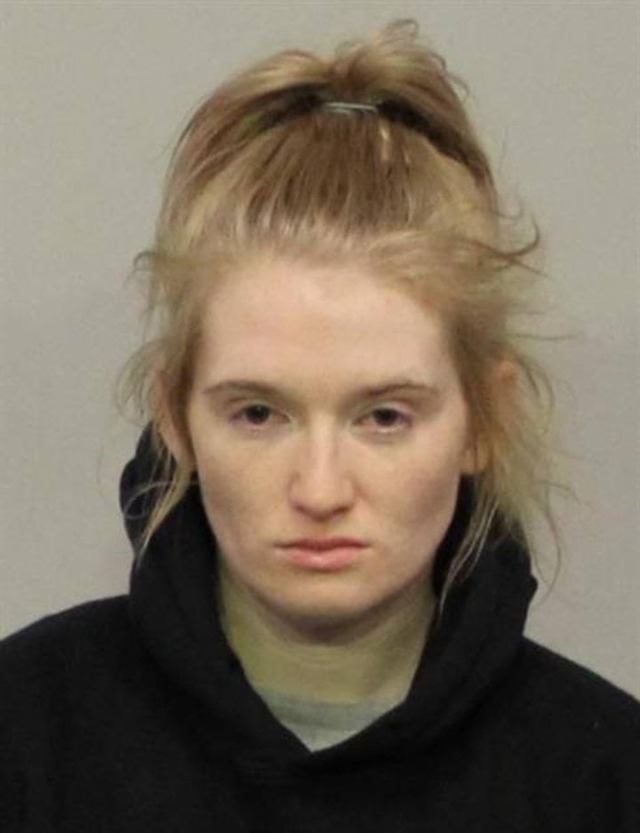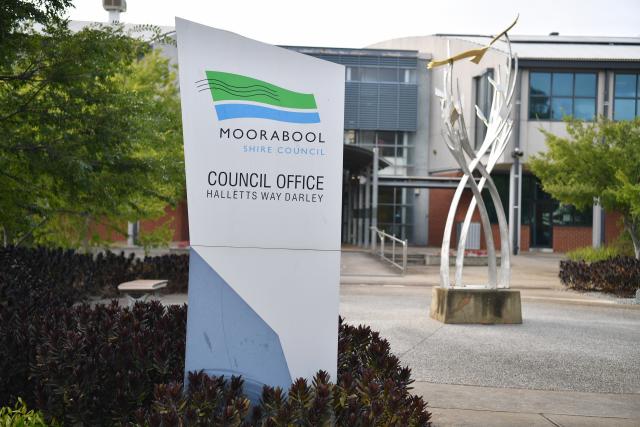A fifth-generation farmer fears Moorabool council’s five per cent rate rise could force him to “shut shop”.
Chris Sharkey’s family has worked the Balliang farm for a century. But speaking out about the council’s draft budget last week, Mr Sharkey said the proposed rate increase would be detrimental to his business.
“Fifteen to 20 per cent of our expenses are rates,” Mr Sharkey told the councillors. “That’s too much and it’s affecting our business decisions.”
Councillors adopted its 2015-16 budget with a five per cent rate increase, which it says will be offset in part by a 2.25 per cent cut to waste service charges.
As a result, overall rates will increase by 4.1 per cent.
“Rates make up a considerable amount of our expenses and it’s the only thing we don’t have any control over,” Mr Sharkey told Star Weekly.
“The cost is that great that it’s influencing the business decisions we’re making; it’s making us really cautious.”
Moorabool mayor Paul Tatchell said farmers were being “absolutely screwed” by the rating system.
“How do we balance the budget? Do we increase the rates on punters living in houses? Is that fair?” Cr Tatchell asked.
Mr Sharkey said he was disappointed councils evaluated his farm land as a commodity and not a resource.
“I have to clear $1000 over and above what I’m doing to pay this year’s rates,” he said.
“And this is on top of the rate increase from last year, and the year before and the year before that.”
The Victorian Farmers Federation (VFF) released a report earlier this year comparing business rates in rural and regional Victoria.
It found farmers, on average, would pay 2.5 times as much in rates as other commercial businesses this financial year.
The VFF found “fundamental” problems with the rating system for farmland.
“Farming, generally, utilises a large amount of unimproved land and, as a result, municipal rates are a tax on a means of production,” the report states.
“The value of farmland does not necessarily reflect the income potential of the land. Agricultural land is not always valued on the basis of productivity.”
Moorabool farmers contribute 13 per cent to the council’s coffers. The VFF found “inequity between farming and other commercial businesses is predominant in councils reliant on farm rates for greater than 10 per cent of their rates revenue”.



